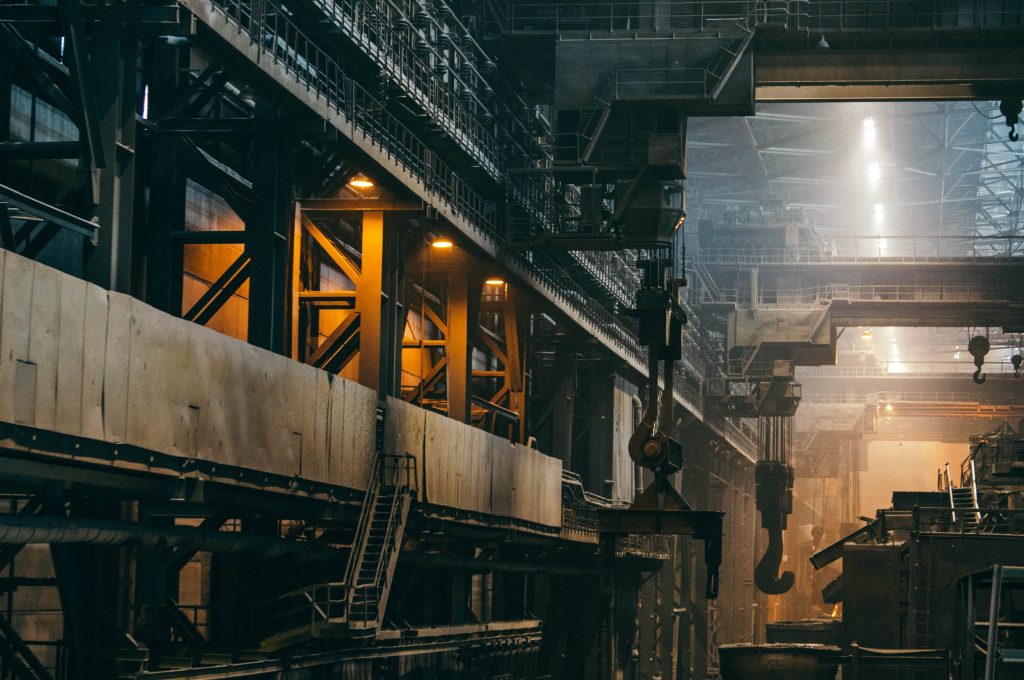- Industrial workers must know the most important parts of industrial machines to operate and maintain them correctly, efficiently, and safely.
- Universal components typically found in most industrial machines include an engine, gears and linkages, pistons and cylinders, etc.
- Understanding these main components makes machines less intimidating and helps to better understand how they work overall.
- Components like bearings, bushings, pumps, and valves play important roles in ensuring optimal machine performance.
If you’ve ever been around industrial machines, you know they can be intimidating. All those moving parts and unfamiliar pieces look like a jumble of chaos when in reality, it’s all about order – if you understand the basics. This blog post will take some of the mystery out of industrial machines by going over some of the most essential parts that make them work.
Why Industrial Workers Must Know About Machine Parts
If you are an industrial worker, knowing the most critical parts is essential to ensure that you can operate and maintain the machines correctly, efficiently, and safely. Knowing which parts are crucial for each particular machine also helps when troubleshooting or making repairs.
While knowing the names and functions of the most critical parts for most workers is enough, others may need more detailed information related to specific machines. For example, a maintenance technician may need to know the proper lubrication, torque values, and other specifications for certain parts.
On the other hand, machine operators must understand how to use the control panels correctly and adjust settings as needed.
The Major Parts of Industrial Machines
Every industrial machine has its own particular set of important parts essential to its operation. However, some universal components are typically found in most machines, such as:
The Engine

This is the heart and soul of the machine, the part that powers everything else. The engine can be an internal combustion type or an electric motor, depending on the job the machine is built for. But no matter what type, this engine powers all other components to get the job done.
Gears and Linkages
These components help transmit power from one part to another. Gears work together like cogs in a wheel – they are designed to fit perfectly so that when one turns, it causes another to turn at a different speed or direction.
Linkages allow two separate parts to move together as one, like shoulder joints on your body. These are crucial elements in any industrial machine because they allow power to be transmitted in many directions throughout its body.
Pistons and Cylinders
These components are usually found in internal combustion engines, which use pressure to generate power. Pistons move up and down inside cylinders to create a vacuum, which pulls air into the cylinder from outside. This air is then mixed with fuel, causing an explosion that powers the engine.
For example, ceramic band heaters are an essential part of many industrial machines, as they help to keep the cylinders cool and maintain proper engine temperatures. Without these components, internal combustion engines would not function properly.
Controls
These levers and buttons allow someone to operate the machine safely and efficiently. They control how much power is sent where and when, allowing operators to adjust things on-the-fly without having to shut down or restart anything. Most controls also have built-in safety features so that no unexpected movements occur while someone is using them.
Bearings and Bushings
Bearings and bushings are designed to reduce friction between two machine components that move relative to each other. Bearings have a rolling element, like balls or rollers, while bushings have a sliding element, such as bearings, sleeves, or liners. These components can help reduce wear and tear on the machine, making them essential for any industrial machine.
Pumps and Valves

Pumps are used to transfer liquids or gases from one area to another. They can be used to move oil, water, air, steam, and more. Valves control the flow of these fluids by opening and closing pathways for them to travel through. Without pumps and valves, machines would not be able to provide the proper lubrication and cooling that are necessary for optimal performance.
The Bottom Line
Industrial machines may seem complicated but understanding their basic components makes them much less intimidating! The engine is responsible for providing power, gears and linkages help transmit it between different parts of the machine, and controls let people safely operate it without worry about unexpected movements or malfunctions. Once you know these three main pieces of industrial machines, you’ll better grasp how they work overall!
